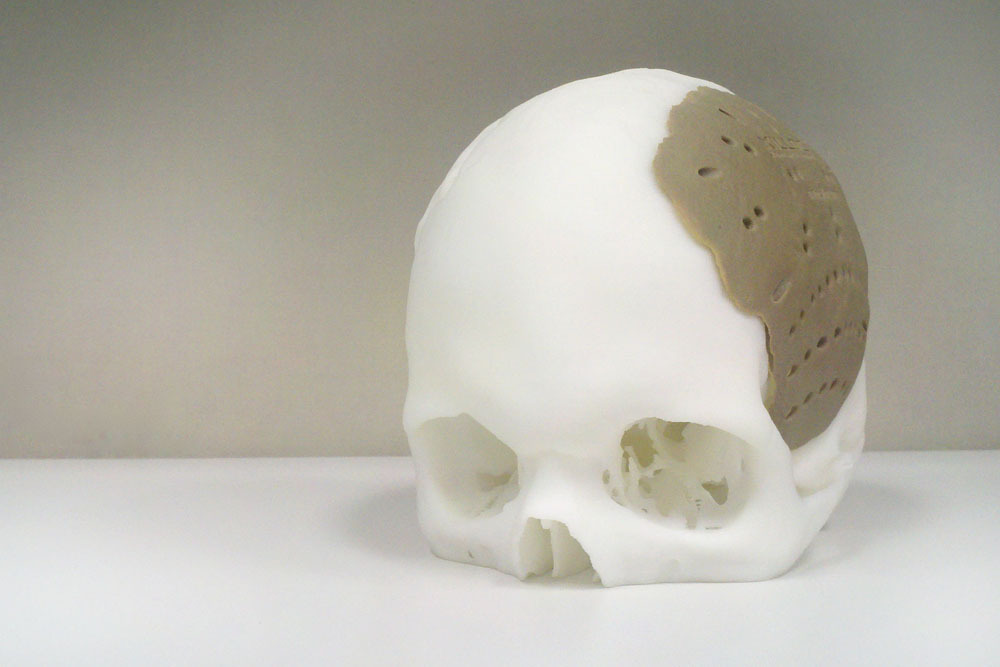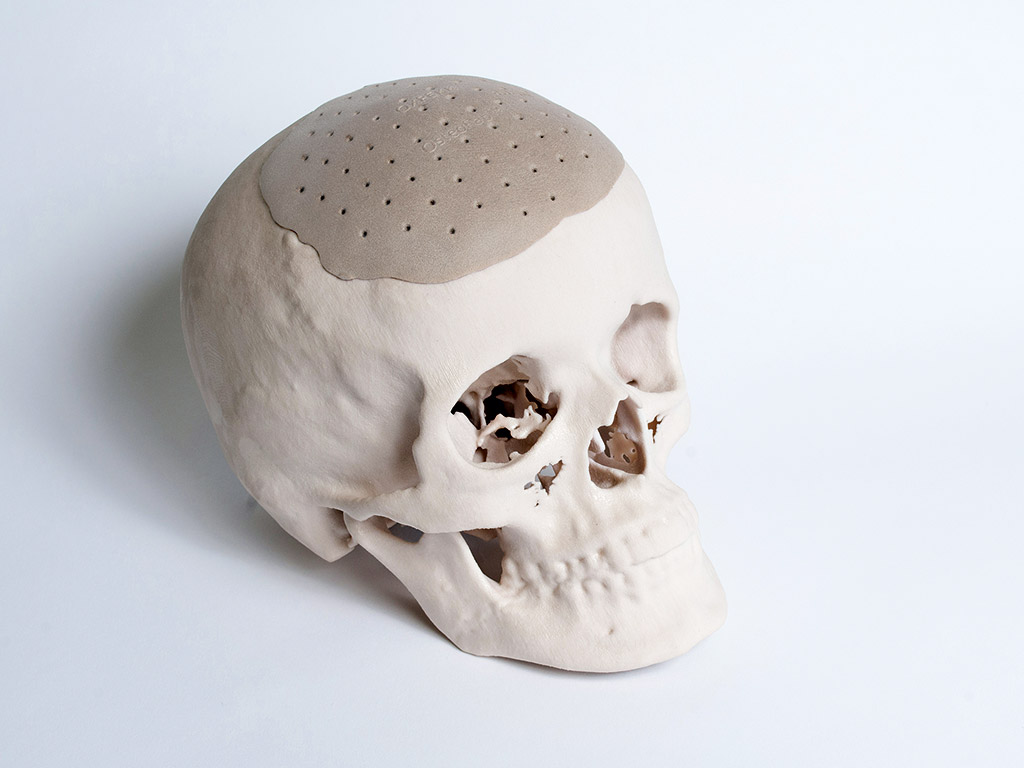A leading advanced materials and3D printing company, Oxford Performance Materials, Inc. (OPM), has announced that it has received 510(k) clearance from the US Food & Drug Administration (FDA) for its 3D printed OsteoFab Patient-Specific Facial Device. Currently it is the only cleared 3D printed polymeric implant for facial indications of its kind, although it is not completely new territory for OPM as the company previously got FDA clearance for another kind of3D printed medical implant in February 2013.
Scott DeFelice, Chief Executive Officer and Chairman of Oxford Performance Materials said: “There has been a substantial unmet need in personalised medicine for truly individualised – yet economical – solutions for facial reconstruction, and the FDA’s clearance of OPM’s latest orthopedic implant marks a new era in the standard of care for facial reconstruction…
Until now, a technology did not exist that could treat the highly complex anatomy of these demanding cases. With the clearance of our 3D printed facial device, we now have the ability to treat these extremely complex cases in a highly effective and economical way, printing patient-specific maxillofacial implants from individualised digital image files such as an MRI directly from the surgeon. This is a classic example of a paradigm shift in which technology advances to meet both the patient’s needs and the cost realities of the over-all healthcare system.”
The OsteoFab Patient-Specific Facial Device will be 3D printed by the company’s Biomedical equipment manufacturing division at OPMutilising the company’s OsteoFab process, which combines selective laser sintering additive manufacturing technology and OPM’s proprietary OXPEKK powder formulation to print orthopedic and neurological implants.
The company says that its OsteoFab process can reproduce exactly what you design, or exactly what nature intended by ‘printing’ medical implants derived directly from a CT Scan or MRI file for a perfect anatomical fit. The President of OPM Biomedical, Severine Zygmont, elaborated:
“An exciting aspect of our technology is that additional complexity does not increase manufacturing cost, and having both cranial and facial devices cleared now enables us to answer ever more complex cases where upper facial structures can be incorporated with cranial implants as a single device. As a result, additive manufacturing has the potential to not only improve patient outcomes, but fundamentally improve the economics of orthopedics on a global scale––for developed and developing countries. These are disruptive changes that will allow the industry to provide the finest levels of healthcare to more people at a lower cost.”
The tech means that OPM can go beyondreplicating shapes: they meet individualised performance requirements as anatomically applicable, through their ‘Coherent Implantology Process,’ fit, form and bio-function are – the company say – digitally calculated, constructed and then produced.





